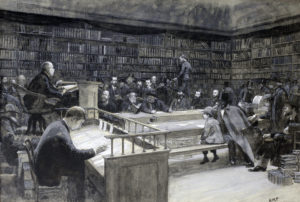
Auction Mechanics
Floor prices, from an academic standpoint, are there to protect the base value the publisher has placed on the inventory. Bids falling below the floor, or reserve, are usually rejected by the exchange. Losing bid information might be recorded to give the publisher insight on the value advertisers are placing on the inventory and accompanying traffic.
These academics don’t necessarily apply to soft floors. The soft floor is there to capture value from the advertiser’s bid. Any winning bid falling in the range between the soft and hard floor will, in essence, be participating in a first price auction, rather than a Vickrey, or second price auction.
Price Floor Discovery
DSPs can, and have built systems to estimate the reserve prices, or at least the going rate, when guidance is not provided. Many of these systems in turn give guidance to advertisers when they are planning their media buy.
If you are friendly with a DSP, you might consider asking them which SSPs and exchanges are providing bid guidance.
For more on this topic: Rubicon Project published an excellent white paper on floors in the RTB auction. [requires registration]




